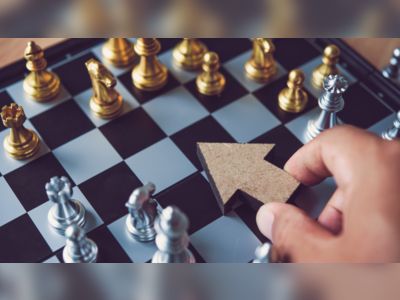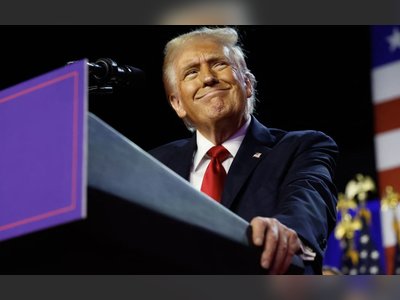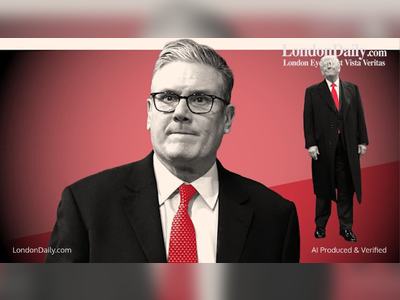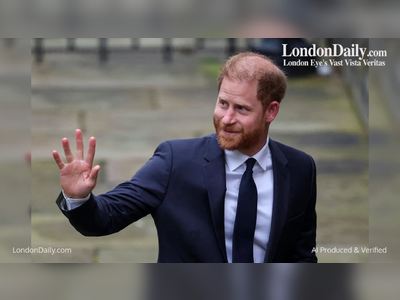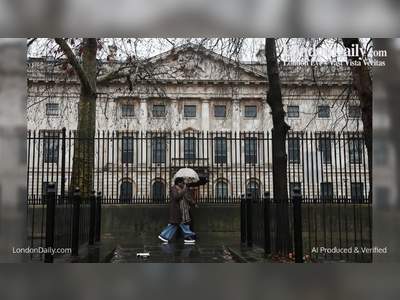
Australia's first international cricket team found fame in the UK. At home, they were betrayed
"The story used to be that he could win a match, batting with just the handle of a pickaxe," said Turner, with a smile.
Mullagh was a hero in Harrow, and the surrounding livestock communities, where homesteads dot the landscape along miles of single-lane dirt roads.
At a time when being Indigenous meant you could be thrown off your land, forced into Christian missions or even shot, Mullagh -- of the Jardwadjali people from western Victoria -- grew from being a farmhand on a local estate to a world-famous cricket player.
Yet until recently, most Australians didn't know Mullagh's story, or anything about the journey that took him and 12 Aboriginal cricketers from farmsteads in Victoria, to Melbourne, Sydney and then, finally, England in 1868 -- making them Australia's first sporting team to play overseas.
But when the Aboriginal cricket team returned in 1869, their achievements couldn't save them from the institutional racism shown by colonizers towards First Nations people. Most of the team were immediately placed in missions, away from their communities and their homes. When they died some were buried in unmarked graves.
They were never paid for their historic tour.
Now, more than a century later, Australia's cricketing bodies are seeking to give the Indigenous team the recognition they deserve. The team is increasingly referred to as "Australia's First XI," a term usually reserved for a region's best cricket line-up.
On the 150th anniversary of their England tour in 2018, an all-Indigneous team was sent to the UK in their honor -- with each young player taking the name of one of Australia's First XI. Last December, Mullagh, whose Aboriginal name was Unaarrimin, was inducted into Australia's cricketing Hall of Fame and a medal created in his honor.
Paul Stewart, deputy chief executive of Australia's Lowitja Institute and a Taungurung man from central Victoria, said he felt both "pride and sadness" when he thought of the story of Australia's First XI, and what they accomplished.
"Off field it was a sad story, on the field it's a bloody ripper of a story," he said.
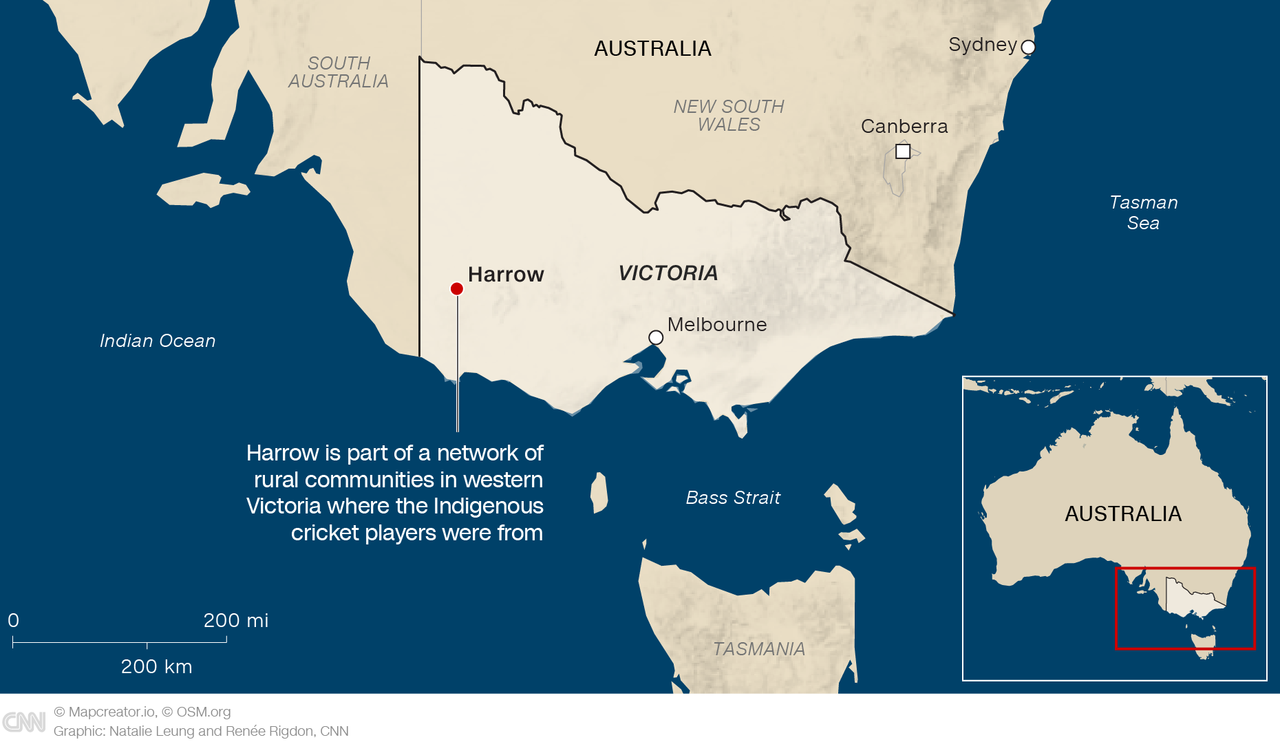
Colonization
All but two of the members of the First XI came from the same region in western Victoria, which had been home to Australia's Indigenous people for tens of thousands of years.
Some were part of the last generation to live in Australia before the white colonizers drove them off their land and destroyed their way of life.
Yanggendyinanyuk, also known as Dick-A-Dick, who played in the England tour, was born in the 1830s, and for about the first 10 years of his life he lived on the land with his people, the Wotjobaluk, according to his great-great-grandson Richard Kennedy.
Yanggendyinanyuk was a child when large numbers of white settlers began to arrive in the region. The colonists pushed Aboriginal people off their land and depleted or wiped out their traditional sources of food. In 1866, local newspaper the Hamilton Spectator published a letter from one settler boasting how he and other landholders had, in the past five years, killed more than 150,000 kangaroos, which they viewed as pests that ate grass needed for livestock. Native grains and vegetables were destroyed by the hooves of European cattle.
Without their traditional food sources, Kennedy said some Aboriginal people began to take sheep from farms. If caught, they and their families could be shot.
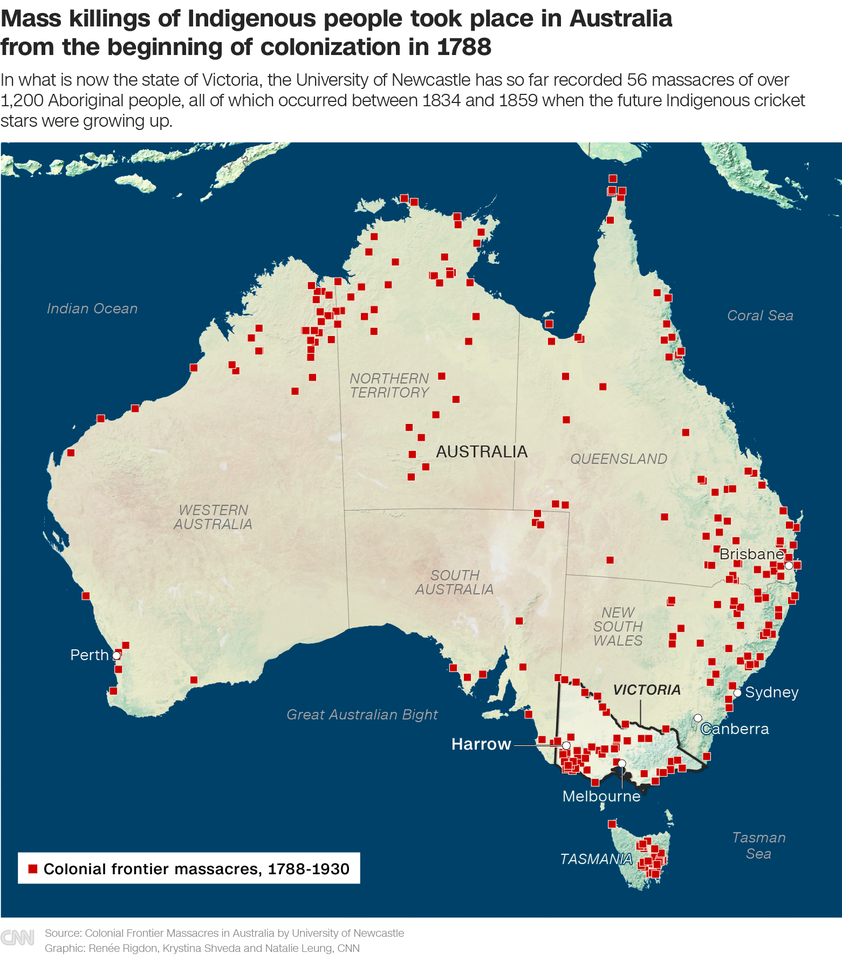
The University of Newcastle's map of colonial frontier massacres in Australia -- still incomplete -- records 56 massacres of over 1,200 Aboriginal people by colonizers in what is now the state of Victoria. The atrocities that have recorded so far occurred in that region between 1834 and 1859.
Indigenous communities never recovered fully from colonization. Today, Kennedy said that he is one of about 10 people who can speak the Wotjobaluk language.
In an attempt to stay on their land, some Indigenous Australians worked on the farms and homesteads which were sprouting up across western Victoria during this period, according to Josie Sangster, curator at the Harrow Discovery Center. They were given food and board by the white settlers but weren't paid.
Among those station hands was Mullagh. Little is known about his early years, except that he was born in 1843 and in the early 1860s worked mostly on two stations -- Pine Hills and Mullagh -- where he got his name, according to Sangster.
Kennedy's ancestor, Yanggendyinanyuk, worked at Mt Elgin station for a time as a boundary rider, the worker responsible for checking and patrolling perimeter fences.
In their spare time on these stations, White Australian farmers would play cricket to unwind. And slowly, they began to teach their Aboriginal workers the game.
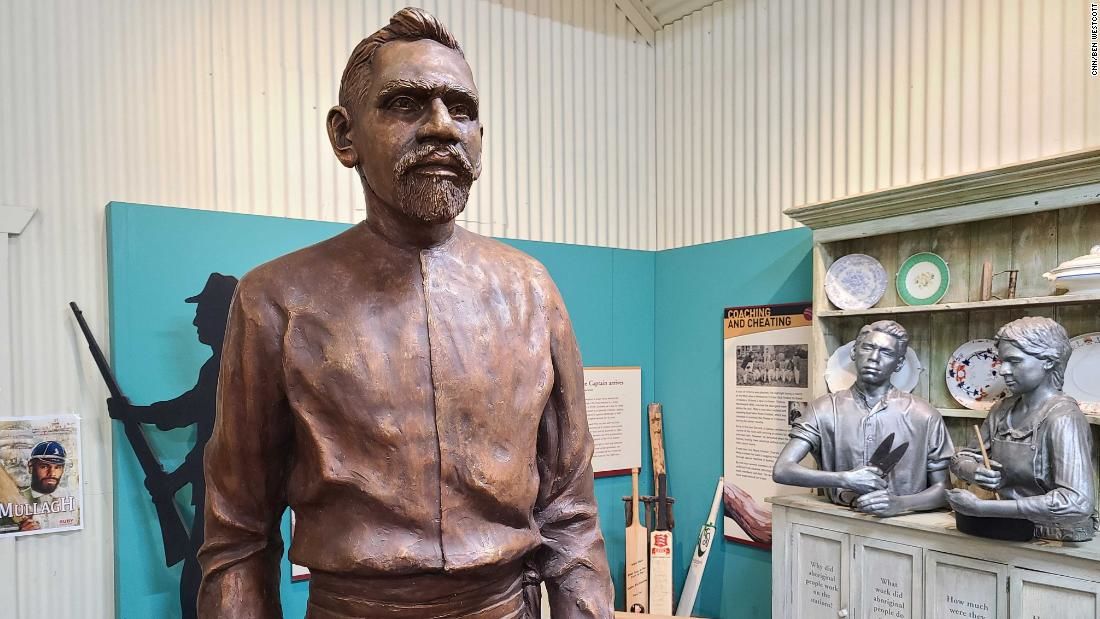
Humble beginnings
The western Victorian farmers weren't the first settlers to teach their Aboriginal workers how to play cricket.
In their book Cricket Walkabout, which tells the story of Australia's First XI, Rex Harcourt and John Mulvaney give examples of Aboriginal cricket players from as far back as the early 1850s. But none achieved the success of the team from western Victoria.
Sangster said homestead owners around Harrow quickly noticed their Aboriginal workers had a natural talent for cricket. Soon, landholders started talking about forming an all-Indigenous cricket team to play the local White farmers. Mullagh was selected with one of the homesteaders, William Hayman, as team manager.
In January 1866, less than a year after coming together, the Aboriginals played against a team of White players from Edenhope -- and won.
Hayman then took the team south to the regional hub of Hamilton, where they thrashed the local club 123 runs to 66, according to Cricket Walkabout.
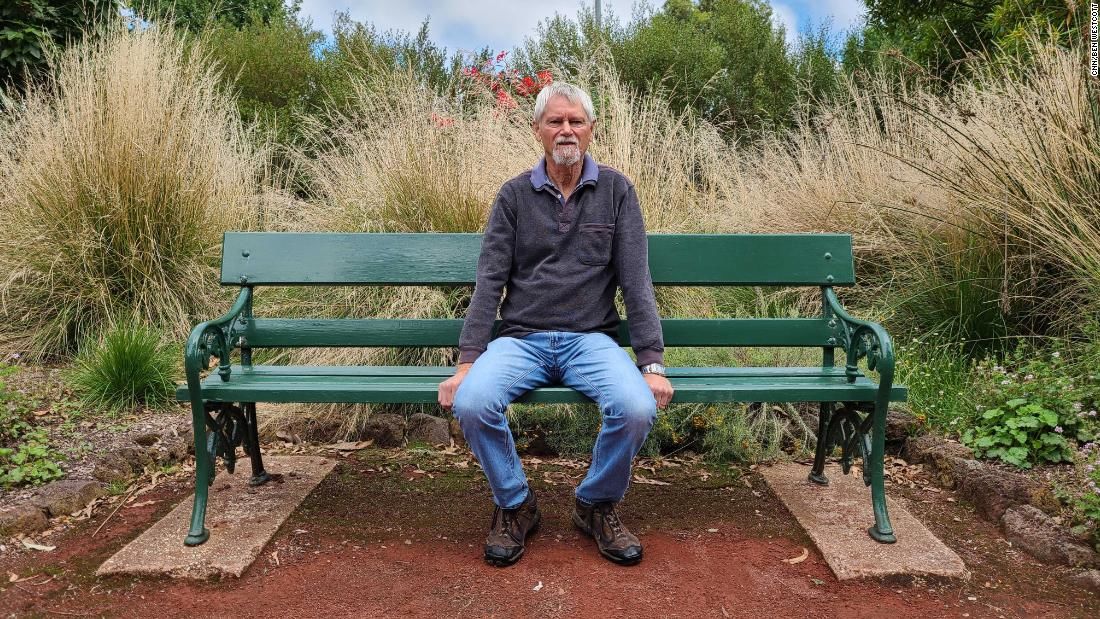 Richard Kennedy, the great great grandson of Australian Aboriginal
cricketer Yanggendyinanyuk, in Ballarat, Australia, in January 2021.
Richard Kennedy, the great great grandson of Australian Aboriginal
cricketer Yanggendyinanyuk, in Ballarat, Australia, in January 2021.
Mullagh alone took five wickets. "Within a couple of years they were beating teams, people who had played cricket all their lives," said Kennedy.
Word spread of the Aboriginal team's success, partly thanks to canny marketing by Hayman who, according to Mulvaney and Harcourt, sent photographs of the Indigenous team in their uniforms to his cricketing contacts in Melbourne.
After a handful of wins in rural Victoria, the Indigenous players were invited to appear in Melbourne on Boxing Day, at one of Australia's most prestigious venues -- the Melbourne Cricket Ground.
Hayman hired sportsman Tom Wills to coach the team for the big match. Wills was known for his prowess in cricket and rugby, and would go on to co-found the Australian Football League, or Aussie Rules.
The composition of the team changed during the first season. A photograph from the Melbourne Cricket Ground in December 1866 shows Mullagh, as well as Kennedy's ancestor Yanggendyinanyuk, who Sangster said joined the team sometime that year, after other players fell sick while traveling between towns.
Five others in the photo were also part of the England tour, including Zellanach, Bripumyarrimin, Brimbunyah, Bullchanach and Arrahmunyjarrimin. Like Mullagh and Yanggendyinanyuk, all five had been previously given English names -- Johnny Cuzens, King Cole, Redcap, Bullocky and Peter.
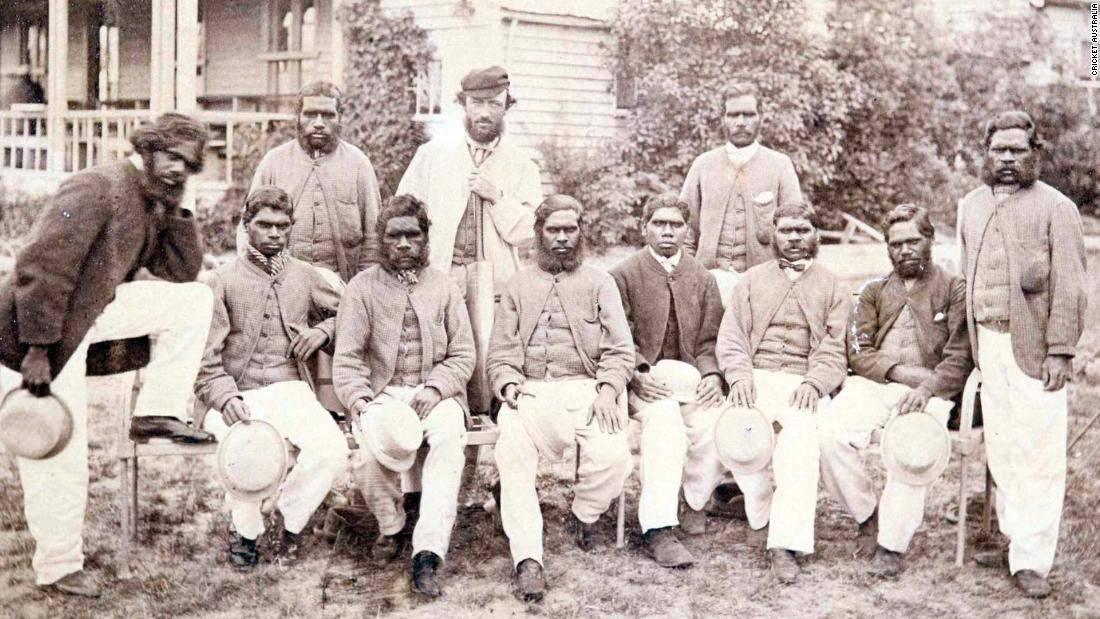
On Boxing Day, the Aboriginals lost to the top local team at the Melbourne Cricket Club, but in other ways the match was a massive success. An article in Melbourne newspaper The Age the next day estimated that about 10,000 people had watched the game, a remarkable turnout given the population of Melbourne in 1861 was only about 140,000.
It was seen as something of a spectacle at the time. "It was quite manifest throughout the play that the sympathies of the public were enlisted on the side of the Aboriginals," the article from The Age said.
Businessman W.E.B. Gurnett, who saw the team play at the Boxing Day test, took a close interest in the team -- and their potential profitability. He convinced Hayman and Wills to take them on a tour of Victoria and New South Wales.
Gurnett said there was even the possibility for a tour to England.
The five-month Australia tour began in Melbourne in January 1867, and went more or less without incident until it reached Sydney in March, where it all rapidly fell apart.
Harrow Discovery Center's Sangster said that Gurnett ran off with all the money earned from ticket sales and left Wills, Hayman and the Aboriginal cricketers stranded.
During their time in Sydney, the team had stayed at a pub at Manly Beach, in Sydney, named the Pier Hotel, which was owned by Charles Lawrence, an old friend of Wills.
Lawrence was a former cricketer who played in the English team's first tour of Australia in 1861-62. When Lawrence's teammates returned to England, he stayed behind to "lift the level of cricket in Australia," according to his great-great-grandson Ian Friend.
He took a liking to the Aboriginal cricket team and, along with two Sydney businessmen, George Graham and George Smith, offered to help finance a tour of England for the Aboriginal team -- provided Lawrence coached them.
Going 'fishing'
There is one glaring gap in the story of Australia's First XI -- almost no record exists of what the Aboriginal players thought of their journey.
None of the players wrote letters, or at least any that have survived, and even the few who had sporting careers after the tour didn't speak at length about their experiences.
Much of what is known of the Aboriginal cricket team's almost two year-long tour of Victoria, New South Wales and then England is recorded by Lawrence, their White coach, in his memoirs, and press clippings in Australian and English papers.
Kennedy said he had no idea what his great-great-grandfather thought of his role in Australia's sporting history, a fact which he finds deeply sad.
There is no record of how the cricketers felt about being smuggled out of Victoria to begin their tour. In the late 1860s, the Victorian board tasked with managing the local Aboriginal population ruled the team couldn't leave the colony to play a game in the neighboring state of New South Wales.
No reason was given why. The men were adults at the time, Mullagh was about 27 and Kennedy's ancestor, Yanggendyinanyuk, was about 35, according to the Australian Dictionary of Biography.
Harrow's Sangster said the board was likely concerned the Indigenous men would pick up potentially deadly diseases, a justified fear given several players became ill during the initial tour in 1866 and 1867. Lawrence decided to take them anyway.
Lawrence smuggled the cricket team out on a boat from the Victorian city of Queenscliff, secretly sailing north to New South Wales to continue to the tour under the alibi of taking them out on a "fishing" trip.
The Englishman's great-great-grandson, Friend, said Lawrence had a genuine affection for the players. "(He) loved these guys, wanted to teach them how to play, and take them back to England to teach them cricket," he said. "(At night) he went down and slept in the cabin next to them because he was worried they might be a bit scared in the water."
But Sangster, who maintains the museum to the First XI in Harrow, said that when people are told the story of the escape from Victoria, their reactions vary.
"(Some say) how great, glad they got away from the Board of Protection, but also (some say) well, were they happy to go? They were being taken from their country ... were they happy to be doing it?" she said.
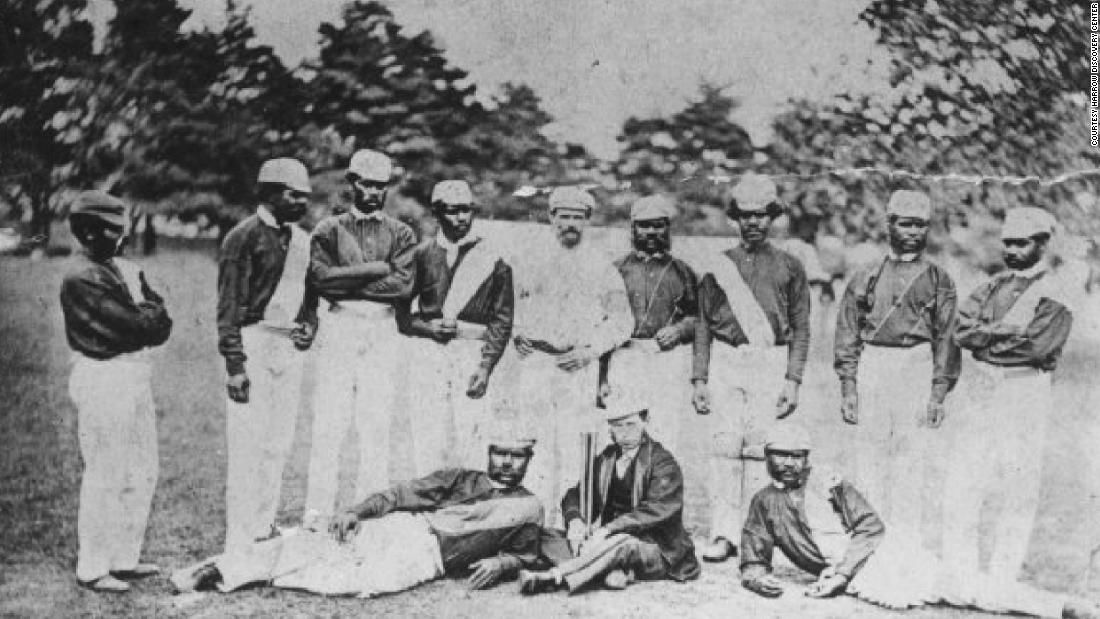
The England tour
Just over two years after they beat the local Hamilton team, Mullagh and his team were finally on a boat to England.
The team left Sydney on February 8, 1868, aboard the Parramatta, a three-masted clipper which carried wool as well as passengers, and arrived in England three months later on May 13, according to Sangster. For a group of men who had lived almost their entire lives on land, Lawrence said in his memoirs that they took to the long sea voyage surprisingly well.
"I took a good supply of copy books and endeavored to teach them to write and read. I gave them lessons every morning but this did not last long, for they soon tired and amused themselves in drawing trees, birds and all kinds of animals," he said.
The tour itself was grueling -- in less than five months, the Indigenous team played 47 games all across England, more than two a week. The team held their own. Out of 47 games they won 14 and lost 14, with the rest ending in draws. Some of the great English cricketers of the day praised the Aboriginal team, especially Mullagh and Zellanach.
"(Cricket icon) W. G. Grace, who was a young doctor at the time ... thought they were magnificent, even wanted to keep Mullagh in England," said Sangster.
But it wasn't just the cricket that drew crowds in 19th century England, according to Sangster. It was commonplace for cricket players to put on athletic sideshows -- and it was no different for the Indigenous team. Posters from events in Nottingham and London advertized the team's extra special skills, including "throwing boomerangs and spears." Kennedy's ancestor, Yanggendyinanyuk, was also lauded for his ability to dodge cricket balls using a traditional Aboriginal shield.
These displays were very popular. Lawrence wrote in his memoirs that during a match in Liverpool, a "boisterous wind" slammed a boomerang into a spectator's head. Lawrence asked the bleeding man if he needed help. "You go on with the throwing," the man said, according to Lawrence.
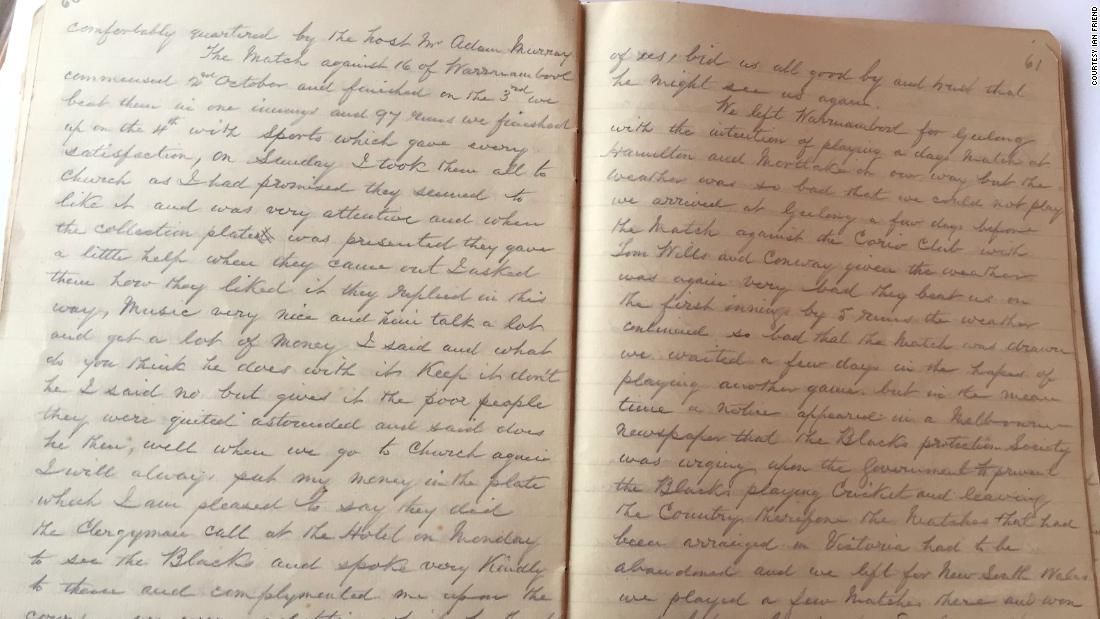
The Lowitja Institute's Stewart said there was undeniably a "sideshow" element to the games. "Were they respected for who they were? Were they treated the same way as (Australian cricketer) Tom Wills and his mates were?" he said.
But Kennedy, Yanggendyinanyuk's descendent, said the team wanted to show their culture to a new audience. "I believe part of the going overseas was to basically look at a new culture and to learn about it," he said.
Among the successes of the tour, however, there were tragedies. On June 24, Bripumyarrimin, known as King Cole, died in London and was buried in a local cemetery. According to Harcourt and Mulvaney, his death was likely due to tuberculosis. Sangster said the players were not given time off to mourn Bripumyarrimin's death.
There were also incidents of racism, although only a few have been recorded. For example, in one hotel in Gravesend, Lawrence was furious to discover the Aboriginal cricketers had been charged more than twice the normal rate, and the landlord had requested separate linen be brought in for the Indigenous Australians.
The tour was initially a financial success, according to financier Graham's detailed records, with the first game at the Oval on May 25 bringing in 603 pounds alone -- the equivalent of about 70,000 pounds ($97,000) in 2020, according to the Bank of England.
But interest dwindled in the last dozen or so matches, with all but one game earning less than 100 pounds. In the end, the tour of England was considered to be a financial loss, with Graham claiming to have lost over 2,000 pounds, according to Harcourt and Mulvaney.
The only money the Aboriginal players made was won taking part in the athletics contests. At the end of the tour, Yanggendyinanyuk made one of the only remarks recorded from the Aboriginal players on journey. "We thank you from our hearts," he said.
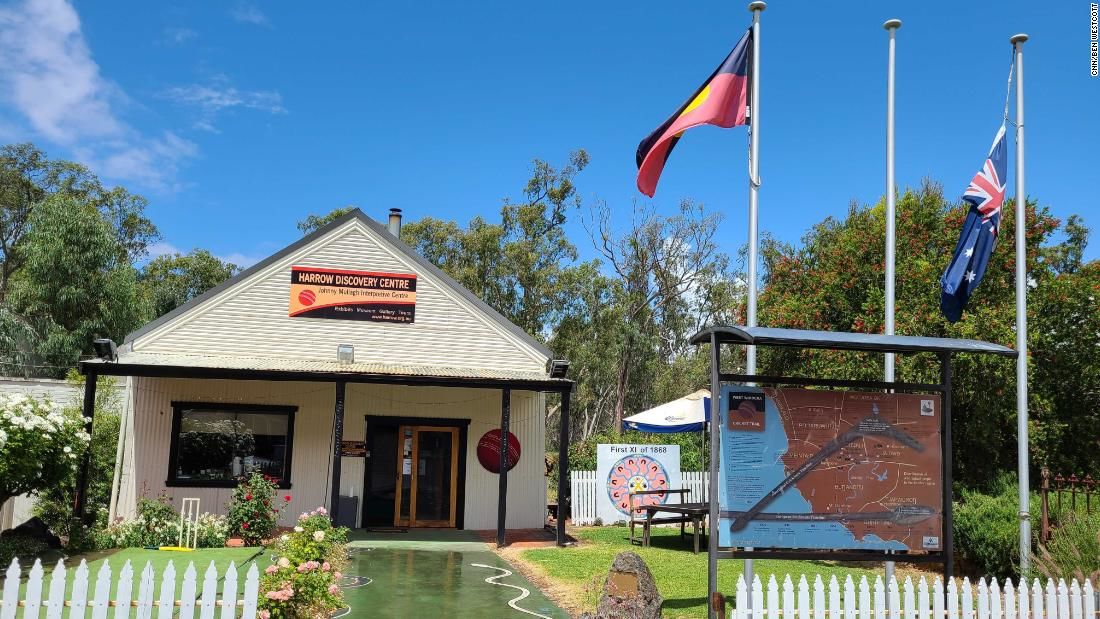
'World famed cricketer'
The team arrived home in February 1869 to new rules and regulations for Aboriginal people. "The country that they left is not the country that they came back to," said Sangster.
The Victorian government had passed legislation to create the Central Board for the Protection of Aborigines, and large numbers of the state's Aboriginal people were placed into government and church-run missions, sometimes far from their homes.
It was seen as a kindness by the racist administrators at the time, but in practice became a method of cultural extermination. Lawrence Bamblett, co-director at the Australian National University's Australian Centre for Indigenous History and a Wiradjuri man, said the purpose of the missions "was to turn Aborigines into white people."
Of the Victorian players, only Johnny Mullagh and Zellanach, or Johnny Cuzens, were taken on by professional cricket teams. The Melbourne Cricket Club hired them as training help for the White cricketers, Sangster said, but the contracts were only for a few months and both Mullagh and Zellanach quickly got ill. Eventually, they returned to western Victoria, where the rest of their team had been put into missions.
Yanggendyinanyuk, Kennedy's ancestor, was put into Ebenezer Mission in western Victoria after he returned from England. "(He was left) with no life, no ability to be able to do anything, no ability to earn any money, only earn enough to help the family survive. It's just it's an incredible thing," said Kennedy.
For years, Kennedy and his family didn't know when Yanggendyinanyuk died, because their ancestor had been mixed up with another Aboriginal man when the two were taken to hospital for treatment for measles. He died in 1886.
"A lot of the (Aboriginal cricket players), we don't know where they were buried, their death wasn't recorded and they weren't given a proper burial, let alone a marker where they were buried," Sangster said.
Kennedy said that, growing up, his ancestor's remarkable journey had just been a story that no one really believed. But as he got older, and discussing his Aboriginal heritage was no longer a taboo, he discovered what happened to Yanggendyinanyuk. He said the story of his ancestor was one of great tragedy, resilience and pride.
"You've lost your lands, you've lost your culture, earlier you would have been seeing family getting killed ... To survive that, to adjust to a new culture, yeah it's remarkable story," he said.
Bamblett said while the story of the 1868 cricket team was sometimes seen as one of exploitation, to him and generations of young Aboriginal men and women, all the players were "heroic figures."
"Australia has always been telling Aboriginals are passive victims but we don't see it that way. In our stories, we're always the heroes," he said. "That doesn't mean that the white people didn't exploit them, it may have meant they were exploited in a way that they didn't care about."
Bamblett said that when he was growing up, and first heard the story of the First XI, he was fascinated. "The idea that the first cricket team from England to Australia was Aboriginal -- I absolutely loved it. There was only one first team and it wasn't you (white people), it was us," he said.
Yanggendyinanyuk's Kennedy said he's glad the Aboriginal cricket team is now beginning to get the recognition it deserves.
"It was a massive loss of this pride that they would have had, and really it's Australia's pride that we've lost, too ... One of the things that I'm trying to do, is to get this back known around Australia as a prideful event," he said.
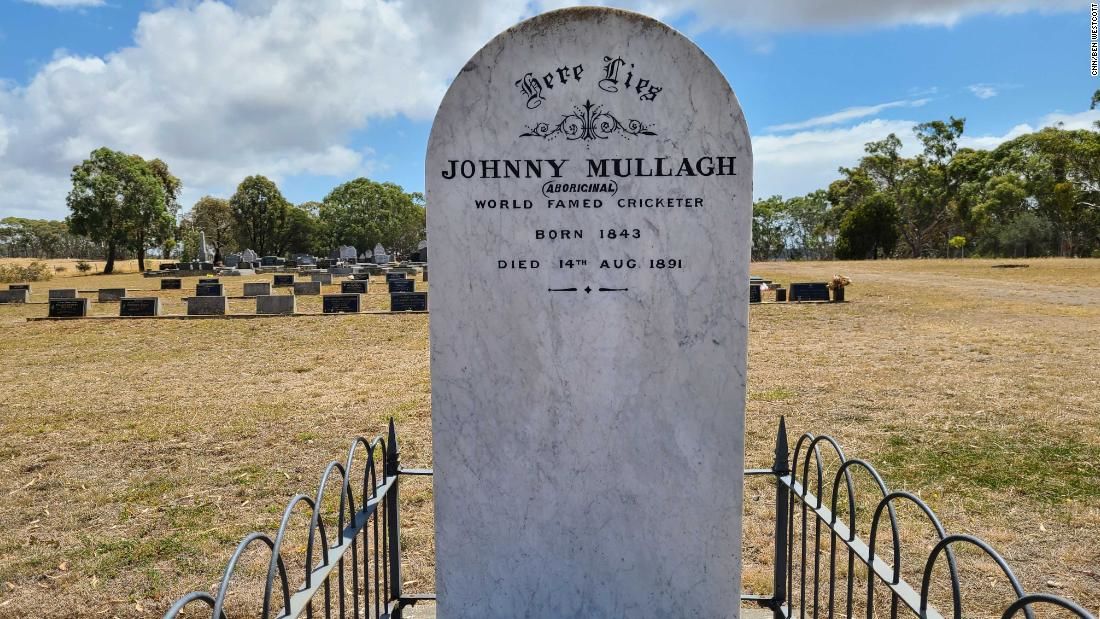
On the approach to the town of Harrow, there is a small graveyard on a hill which overlooks a river valley and a patchwork of surrounding homesteads.
Lachy Turner knows it well. He dug graves there until his retirement, carrying on the work of his grandfather who was around in 1891 when Mullagh died around the age of 48. Turner said it was his grandfather who dug Mullagh's grave.
The cricketing hero was laid to rest in the pauper's section. While the rest of the graves have small, unmarked metal crosses, for Mullagh, the town raised enough money at the time of his death to buy him a three-foot high marble tombstone.
On the tombstone is written: "Here lies Johnny Mullagh, (Aboriginal). World-famed cricketer."
